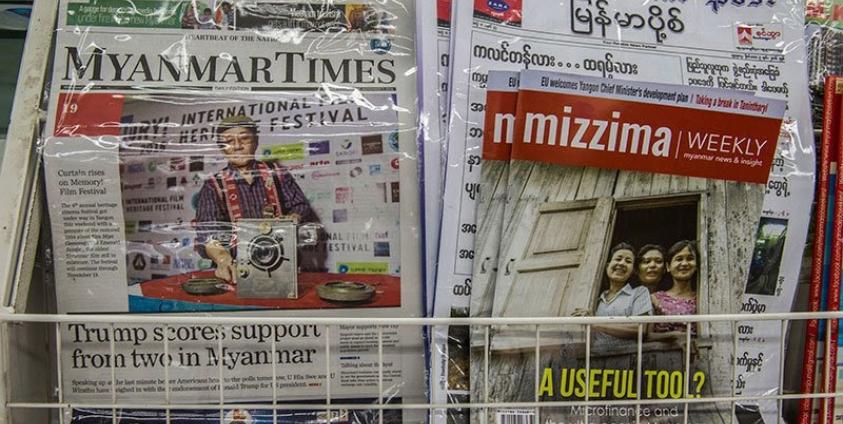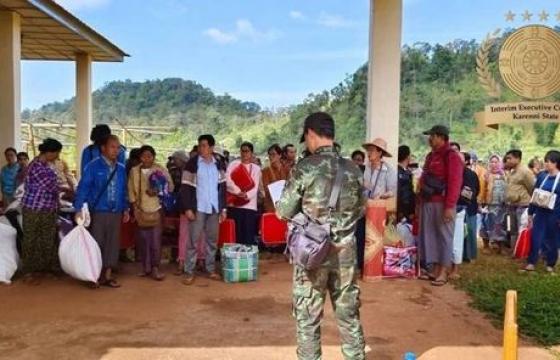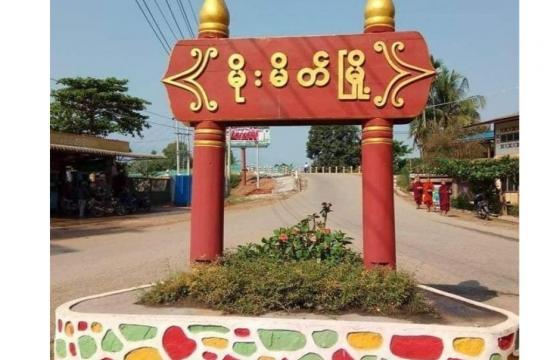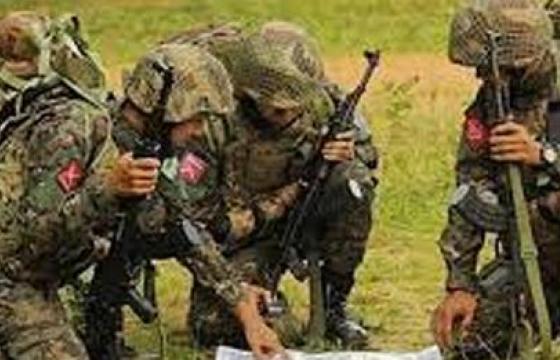Reporters Without Borders (RSF)’s latest World Press Freedom Index highlights the danger of a tipping point in the state of media freedom in many countries. Media freedom has retreated wherever the authoritarian strongman model has triumphed, according to a press release from the organisation. The obsession with surveillance and violations of the right to the confidentiality of sources have contributed to the continuing decline of many countries previously regarded as virtuous.
According to the report, “In sickening statements, draconian laws, conflicts of interest, and even the use of physical violence, democratic governments are trampling on a freedom that should, in principle, be one of their leading performance indicators. The decline is not new. It was already noticeable in previous Indexes. But what is striking in this year’s Index is the scale and the nature of the violations seen.”
It continues, “Media freedom is under threat now more than ever. A total of 21 countries are now colored black on the press freedom map because the situation there is classified as “very bad,” and 51 are colored red ; the situation in these countries is classified as “bad.” In all, the situation has worsened in nearly two thirds (62.2%) of the 180 countries in the Index. The 2017 World Press Freedom Index unveils woes and ills that are obstacles to media freedom throughout the world. throughout the world.
The Asia-Pacific region is the third worst violator overall but holds many of the worst kinds of records. Two of its countries, China (176th) and Vietnam (175th), are the world’s biggest prisons for journalists and bloggers. It has some of the most dangerous countries for journalists: Pakistan (139th), Philippines (127th) and Bangladesh (146th). It also has the biggest number of “press freedom predators” at the head of the world’s worst dictatorships, including China, North Korea (180th), and Laos (170th), which are news and information black holes.”
“More and more Asian governments deliberately confuse the rule of law with rule by law,” said Benjamin Ismaïl, the head of RSF’s Asia-Pacific desk. “By adopting increasingly draconian laws, governments with authoritarian tendencies hope to justify their attempts to gag the media and critics. When this is not enough to ward off condemnation by the international community, these governments are quick to brandish the principles of non-interference, sovereignty or even national security in order to escape their international human rights obligations and their constitutional duty to protect freedom of the media and information.”







